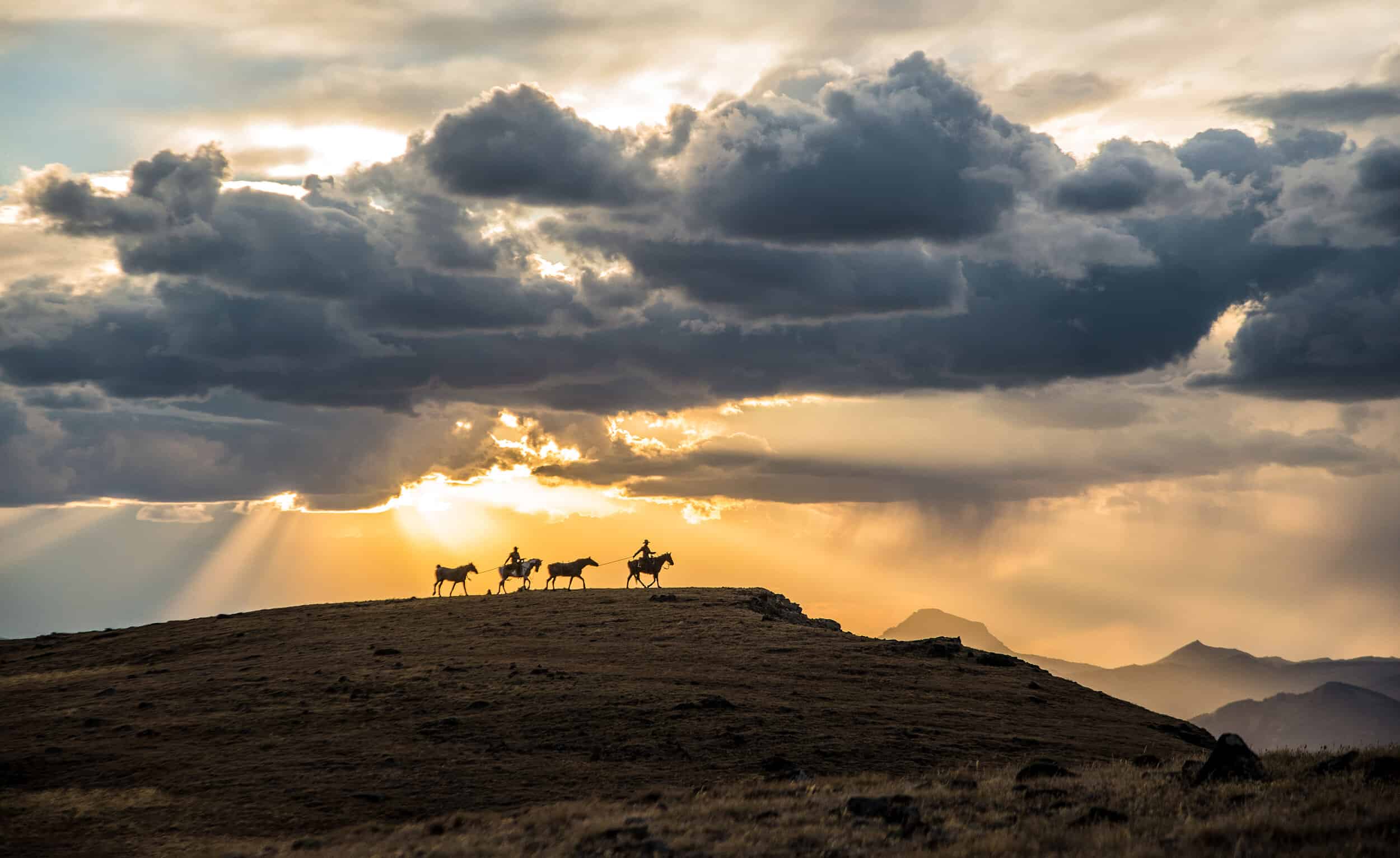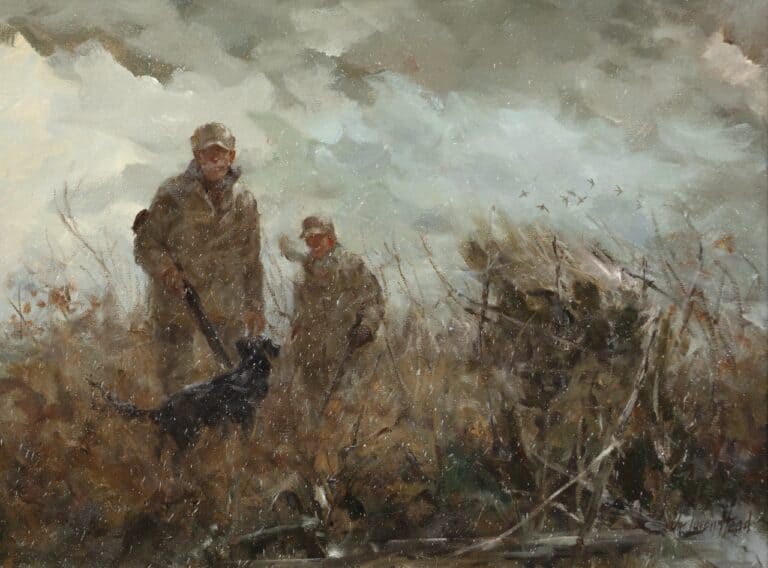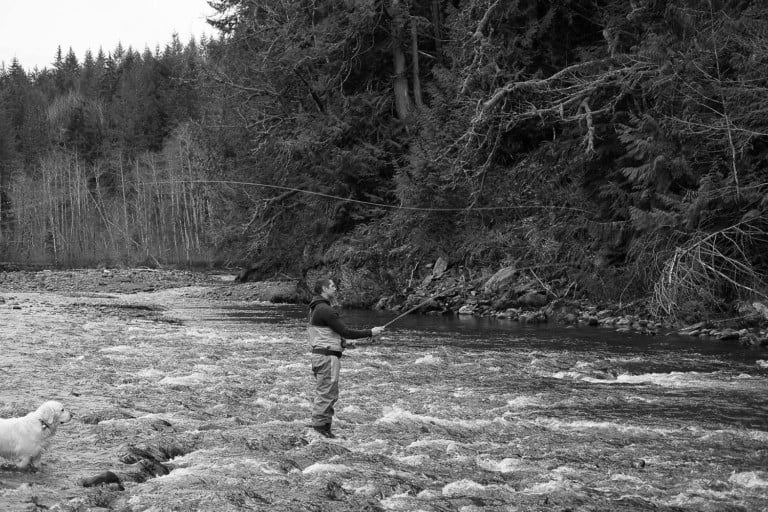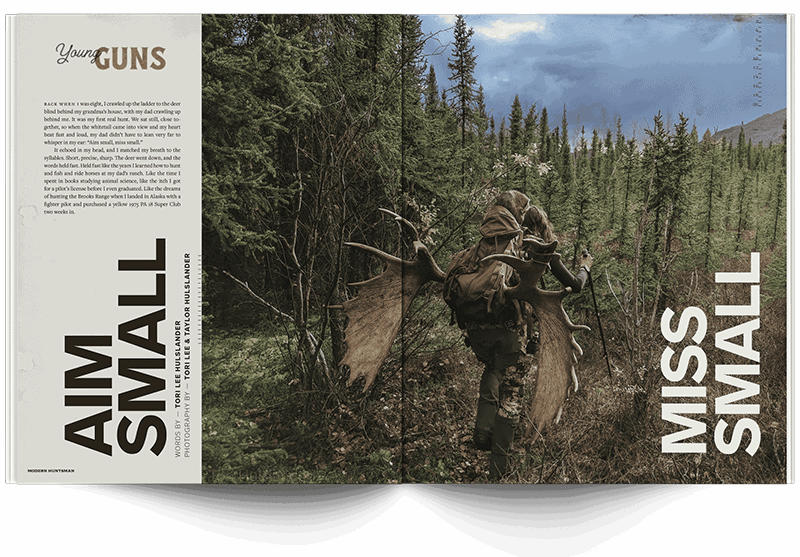Great things could lie ahead for American hunters. As new priorities give rise to the public’s engagement with nature, Lindsey Davis explores the shifting opportunities and threats to the modern hunter’s landscape.
Public lands and waters are essential to every hunter, angler, and outdoor enthusiast. They are the backbone of the outdoor industry, core to the identity of the West, and arguably our nation’s greatest heritage. In the last few years they’ve gained widespread recognition, become hashtags, t-shirts, taglines, and been the center of contentious debates, political platforms, and business negotiations. While they are undoubtedly something that makes our country unique, they are easily taken for granted, have a fraught history, complicated management structure, and a confusing financial profile. With the recent passing of the Great American Outdoors Act, billions of dollars flowing into management over the next five years alongside increased national attention, but what does that mean for the long-term health and viability of our hunting and recreation infrastructure? Here is your primer on what every public lands enthusiast should know about human history, who is paying for what, and how these lands become available to us.
IMPORTANT HISTORY
While some see public lands as the great unifier, allowing every American to collectively own 640 million acres of land for a diversity of enjoyable purposes, every acre was once the inhabited territory of indigenous people. For some, these phrases and taglines about public ownership evoke a painful history of colonialism and loss. When considering our access, it is important to take this into consideration.
MANAGEMENT
There are four federal agencies that are in charge of managing public land assets: The Bureau of Land Management (BLM), U.S. Forest Service (USFS), U.S. Fish and Wildlife Service (USFS), and the National Park Service (NPS). Within these agencies, there are




